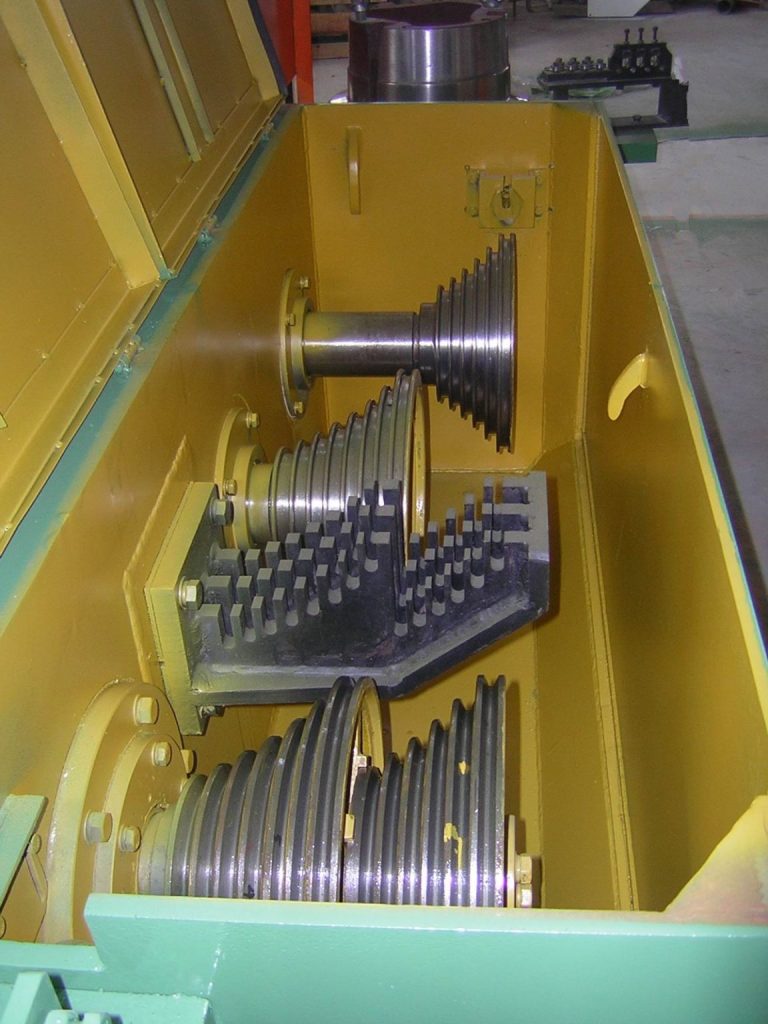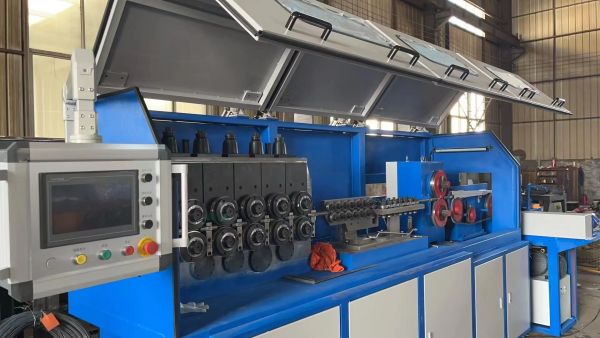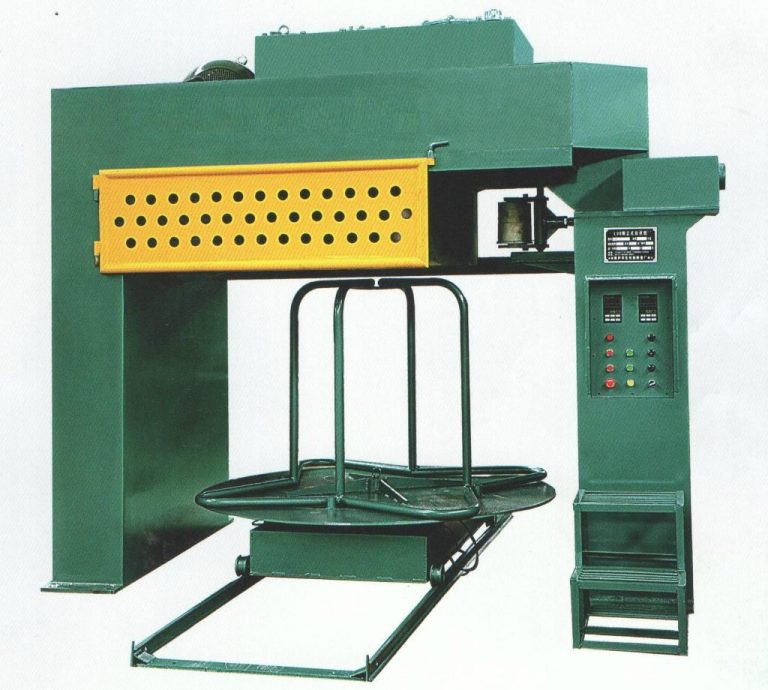Table of Contents
The Description of Single Layer Winding Techniques
Single and double layer winding are two common techniques used in the construction of electrical machines, such as transformers and motors. Each technique has its own advantages and disadvantages, and understanding the differences between them is crucial for designing efficient and reliable electrical machines.
Single layer winding, as the name suggests, involves winding the coils of a machine in a single layer. This means that each coil is placed side by side without any overlapping. This technique is often used in low voltage applications where space is limited, as it allows for a more compact design. Single layer winding also offers better heat dissipation, as the coils are not stacked on top of each other, allowing for better airflow.
One of the main advantages of single layer winding is its simplicity. Since the coils are placed side by side, the winding process is relatively straightforward and can be done quickly and efficiently. This makes single layer winding a cost-effective option for many applications.

However, single layer winding also has its limitations. One of the main drawbacks is that it is not suitable for high voltage applications, as the insulation between the coils may not be sufficient to withstand the high voltages. Additionally, single layer winding can be less efficient than double layer winding, as the coils are not packed as tightly together, leading to more copper losses.
On the other hand, double layer winding involves winding the coils in two layers, with one layer placed on top of the other. This technique allows for a higher packing density, as more coils can be placed in a given space compared to single layer winding. Double layer winding is often used in high voltage applications where insulation is critical, as the two layers of coils provide an extra layer of protection against voltage breakdown.
One of the main advantages of double layer winding is its higher efficiency. The tighter packing of coils reduces the copper losses, leading to a more efficient machine. Additionally, double layer winding can handle higher voltages and currents, making it suitable for a wide range of applications.
However, double layer winding also has its drawbacks. The winding process is more complex and time-consuming compared to single layer winding, as the coils need to be carefully arranged in two layers. This can increase the manufacturing costs and lead to longer lead times for production.
In conclusion, both single and double layer winding techniques have their own advantages and disadvantages. The choice between the two techniques depends on the specific requirements of the application, such as voltage, space constraints, and efficiency. Understanding the differences between single and double layer winding is essential for designing efficient and reliable electrical machines. By carefully considering the pros and cons of each technique, engineers can select the most suitable winding technique for their specific application, ensuring optimal performance and longevity of the electrical machine.
Comparison Of Single And Double Layer Winding
Single and double layer winding are two common techniques used in the construction of electrical machines, such as transformers and motors. Each method has its own advantages and disadvantages, and understanding the differences between the two can help engineers make informed decisions when designing these devices.
Single layer winding, as the name suggests, involves winding the coils of wire in a single layer around the core of the machine. This method is often used in smaller machines where space is limited, as it allows for a more compact design. Additionally, single layer winding can be easier and faster to manufacture, as the coils are simply laid out one after the other without any overlapping.
On the other hand, double layer winding involves winding the coils in two layers, with each layer placed on top of the other. This method is typically used in larger machines where space is not as much of a concern. Double layer winding allows for a higher number of turns per coil, which can result in better performance and efficiency. However, this method can be more complex and time-consuming to manufacture, as the coils must be carefully arranged to avoid interference between the layers.
One of the key differences between single and double layer winding is the distribution of the winding over the core. In single layer winding, the coils are spread out evenly over the core, which can help to reduce losses and improve the overall performance of the machine. In double layer winding, the coils are more tightly packed together, which can lead to higher losses and reduced efficiency.
Another important factor to consider when choosing between single and double layer winding is the insulation requirements. In single layer winding, the coils are more exposed and may require additional insulation to prevent short circuits. In double layer winding, the coils are closer together and may not require as much insulation. However, the tight packing of the coils in double layer winding can also increase the risk of insulation breakdown.
When it comes to cost, single layer winding is generally more economical than double layer winding. The simpler manufacturing process and lower insulation requirements of single layer winding can help to reduce overall production costs. However, the improved performance and efficiency of double layer winding may justify the higher initial investment for some applications.
In conclusion, both single and double layer winding have their own advantages and disadvantages, and the choice between the two will depend on the specific requirements of the electrical machine being designed. Single layer winding is often preferred for smaller machines with limited space, while double layer winding is more suitable for larger machines where performance and efficiency are key considerations. Engineers must carefully weigh the pros and cons of each method to determine the best winding technique for their particular application.





